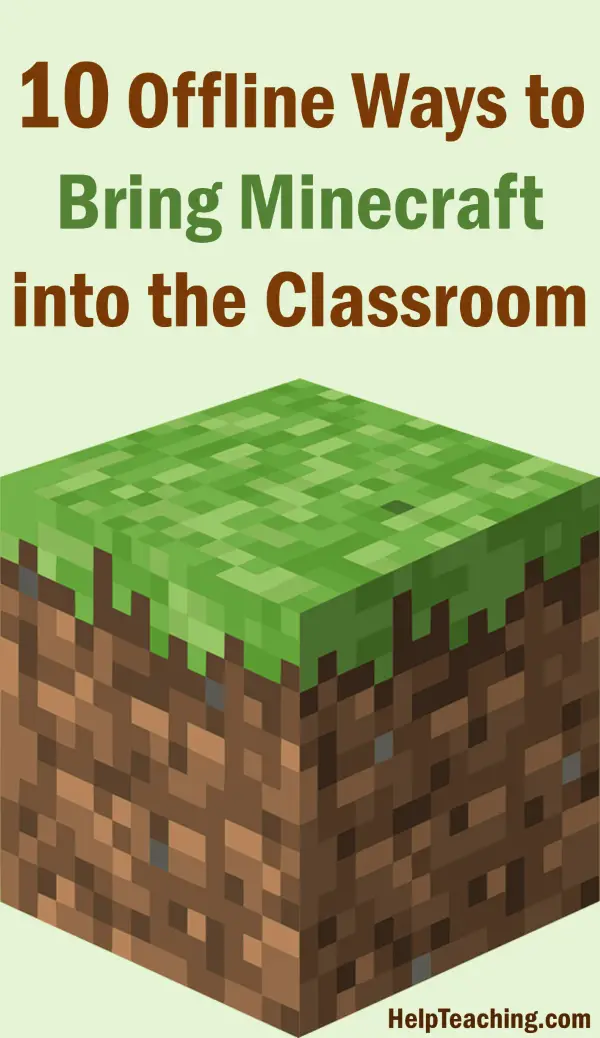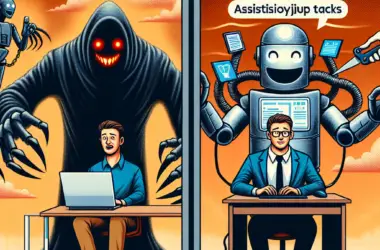Minecraft in the Classroom: A Teaching Tool For All Ages

Minecraft has become a phenomenon, capturing the imaginations of people of all ages around the world. With its blocky graphics and endless possibilities, it has become a powerful tool for learning and creativity in the classroom.

Minecraft as a Learning Tool

Minecraft is a versatile platform that can be used to teach a wide range of subjects, from math and science to history and language arts. For example, in math class, teachers can use Minecraft to teach geometry and spatial reasoning by having students build structures and solve puzzles. In science, students can use Minecraft to explore biomes, ecosystems, and physics. In history, students can learn about different cultures and time periods by building historical structures and reenacting important events. In language arts, students can use Minecraft to write stories, create dioramas, and build virtual worlds.
Benefits of Using Minecraft in the Classroom
There are many benefits to using Minecraft in the classroom. First, Minecraft is a highly engaging game that can capture the attention of students of all ages. It is also a creative platform that allows students to express themselves and learn through play. Additionally, Minecraft is a collaborative game that can encourage students to work together and solve problems. Finally, Minecraft is a widely accessible game that is available on a variety of platforms, including computers, tablets, and mobile devices.
Challenges of Using Minecraft in the Classroom
There are also some challenges to using Minecraft in the classroom. First, Minecraft can be a complex game to learn. It can be difficult for students to master the controls and understand the game’s mechanics. Additionally, Minecraft can be a time-consuming game. Students can easily get lost in the game and spend hours building and exploring. Finally, Minecraft can be a distracting game. It can be difficult for students to stay focused on their studies when they are surrounded by the game’s colorful world and interactive features.
Conclusion
Overall, Minecraft is a powerful tool for learning and creativity in the classroom. However, it is important for teachers to be aware of the challenges of using the game in the classroom and to take steps to mitigate these challenges. With careful planning and implementation, Minecraft can be a valuable asset to any classroom.



This is amazing! I can’t wait to try using Minecraft in my classroom. Thanks for sharing!
I’m not sure about this. Minecraft seems like a distraction more than anything.
Minecraft is a great tool for teaching STEM concepts. I’ve used it in my classroom to teach about physics and engineering.
I disagree. There are better tools for teaching STEM than Minecraft. It’s too simplistic and lacks the necessary features.
Oh yes, let’s all teach our kids to be expert miners and builders. That’s exactly what they need to succeed in the real world.
Minecraft in the classroom? What a brilliant idea! I can’t think of a better way to waste time and distract students from their studies.
I’m just imagining a classroom full of kids all wearing MinecraftCreeper masks. It would be hilarious!
While Minecraft has its benefits, it’s important to consider the potential drawbacks, such as excessive screen time and social isolation. Educators must use it responsibly.
I’m excited about the possibilities that Minecraft offers for education. It’s a creative and engaging tool that can help students learn in new and exciting ways.
I’m on the fence about using Minecraft in the classroom. I can see the potential benefits, but I’m also concerned about the potential risks.
The effectiveness of Minecraft in the classroom depends on how it’s used. If teachers implement it thoughtfully and address the potential drawbacks, it can be a valuable educational tool.
I’m eager to integrate Minecraft into my teaching practice! I believe it can be a game-changer for student engagement and learning.